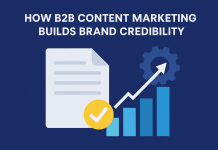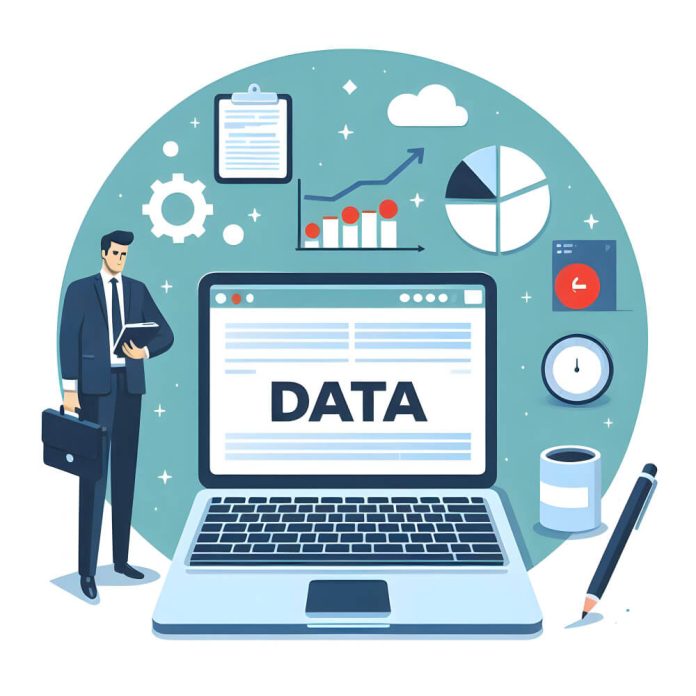Effective use of data may make or break your performance in the fast-paced world of digital marketing today. Understanding and leveraging data is essential to accomplishing your objectives, whether you’re creating interesting content, focusing on particular demographics, or maximizing your advertising efforts. To assist you maximize the potential of your marketing plan, let’s explore the fundamentals of leads, data lists, and dynamic data audiences.
What’s a B2B Sales Lead?
Imagine a lead as a potential customer’s business card. It includes crucial details like their contact information, job title, location, and industry. In B2B marketing, leads are not just names on a list—they represent real opportunities for business growth. For example, if you provide enterprise software solutions, a lead might be a Chief Technology Officer (CTO) at a large corporation.
To maximize the effectiveness of your sales efforts, you need to define your Ideal Customer Profile (ICP) and Buyer Personas (BP). The ICP outlines the characteristics of your perfect customer, such as company size and industry, while the BP describes their specific needs, challenges, and behaviors. By aligning your leads with these profiles, you increase the chances of converting them into loyal clients.
What’s a Data List?
A data list is a collection of leads organized based on specific criteria. For example, if your company offers marketing software, your list might consist of marketing managers from businesses with over 50 employees in a specific region.
The key advantage of data lists lies in their ability to group prospects according to relevant attributes, making it easier to target them with personalized marketing strategies.
However, lists have their limitations. Over time, the information becomes outdated due to factors like job changes, company shutdowns, or mergers. On average, lists lose 2% to 5% of their accuracy each month. This means that a list that was highly effective when first obtained may only be half as reliable a year later. To address this issue, you need to regularly refresh your lists or invest in new ones.
What’s a Data Audience?
Unlike static data lists, a data audience is a dynamic, evolving database. Think of it as a living, breathing entity that continuously updates and refines itself. A data audience is designed to stay current by removing outdated leads and adding new, relevant ones. This real-time updating process ensures that your marketing efforts are always based on the most accurate and current information.
The concept of a data audience revolves around its dynamic nature. Instead of relying on a static list of leads, you engage with a constantly refreshed database. For example, if your marketing campaign targets IT decision-makers in tech startups, a data audience system will continually update to reflect new startups and shifts in the IT landscape. This helps you maintain relevance and effectiveness in your campaigns.
Data Audience vs. Data Lists
While data lists can serve as a useful tool, they are often sold to multiple companies, leading to data duplication and inaccuracies. Additionally, the static nature of data lists means they quickly become outdated. In contrast, data audiences offer a more robust solution. They are continually refreshed and verified, providing a more reliable and up-to-date source of information.
Investing in a data audience system can yield significant benefits. For example, imagine transitioning from a traditional data list to a dynamic data audience. Previously, you might have faced issues with outdated contact information, leading to ineffective marketing campaigns. With a data audience system, you benefit from real-time updates, ensuring your campaigns target the right individuals with the most relevant messages.
A Real-Life Example – Improved Campaign Performance
Let’s consider a company that previously relied on static data lists for its marketing campaigns. They experienced challenges with outdated information, resulting in wasted efforts and missed opportunities. After switching to a dynamic data audience system, they observed a noticeable improvement.
The new system provided accurate, up-to-date data, allowing the company to launch highly targeted campaigns that resonated with their audience. As a result, they saw increased engagement and conversion rates, demonstrating the value of investing in a dynamic data audience.
Conclusion
Utilizing leads, data lists, and dynamic audiences is crucial for optimizing marketing strategies. Information lists provide potential leads, while dynamic audiences offer a constantly evolving view. These tools enhance marketing efforts, improve results, and drive business growth. By harnessing insights, your marketing performance can reach new heights.
I hope you find the above content helpful. For more such informative content please visit B2B Reports.









